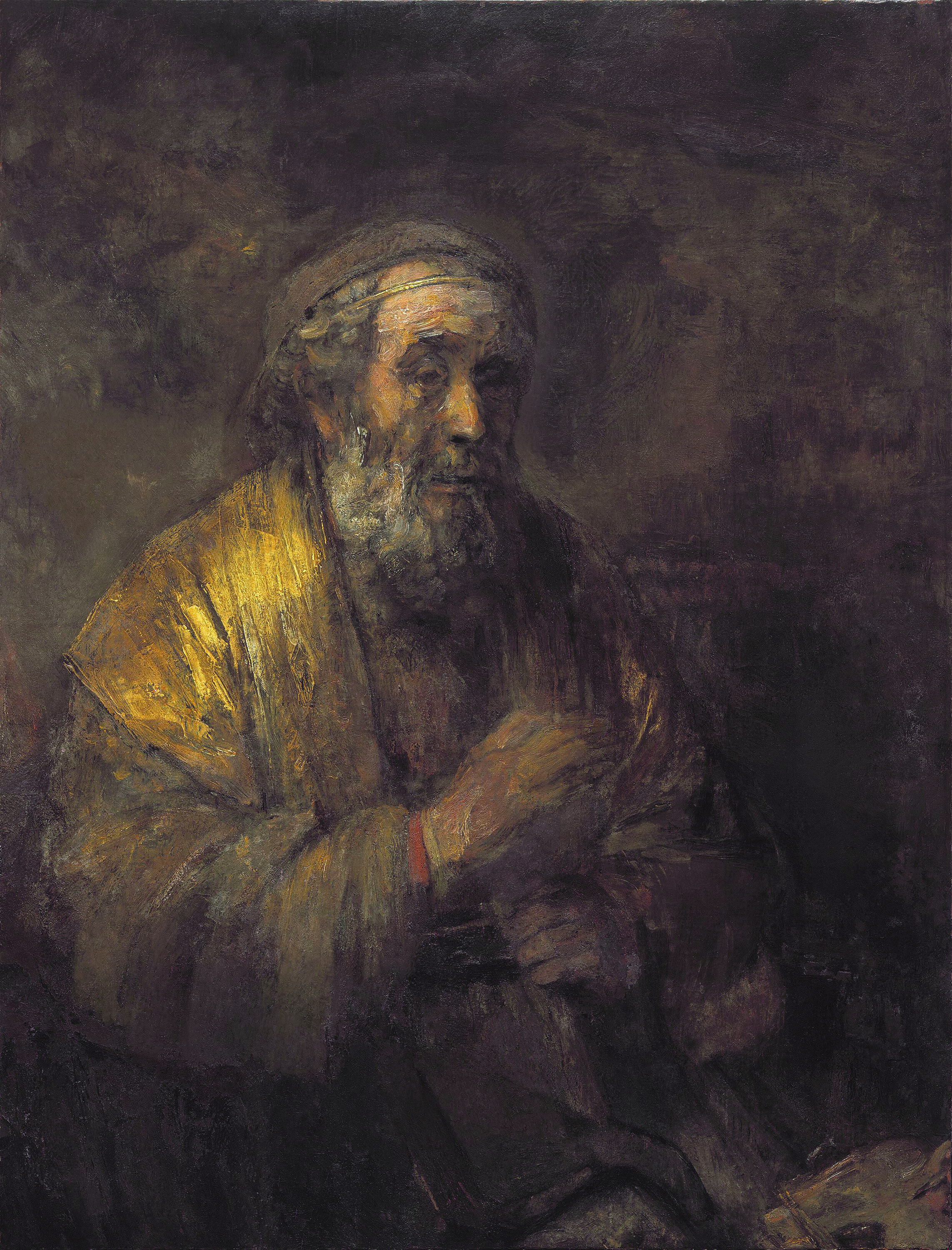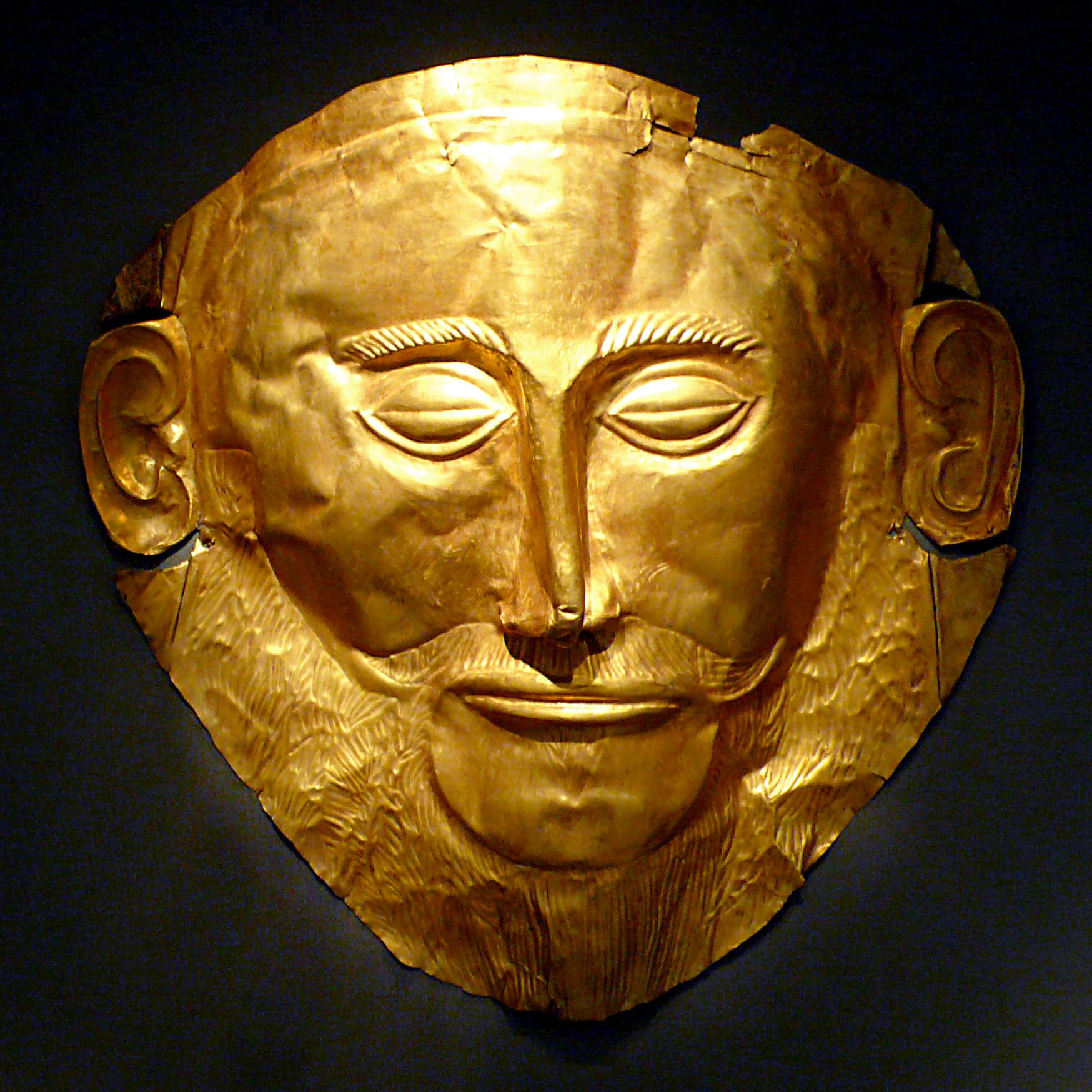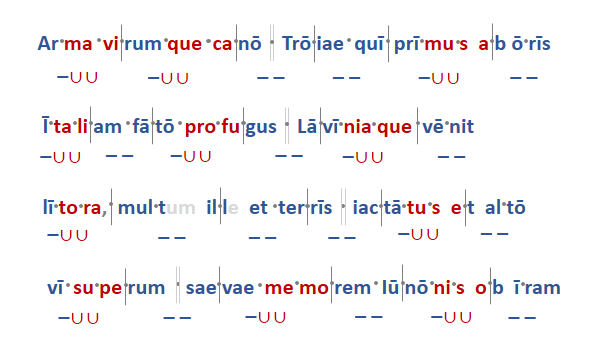|
Iliad
The ''Iliad'' (; grc, Ἰλιάς, Iliás, ; "a poem about Ilium") is one of two major ancient Greek epic poems attributed to Homer. It is one of the oldest extant works of literature still widely read by modern audiences. As with the ''Odyssey'', the poem is divided into 24 books and contains 15,693 lines in its most widely accepted version, and was written in dactylic hexameter. Set towards the end of the Trojan War, a ten-year siege of the city of Troy by a coalition of Mycenaean Greek states, the poem depicts significant events in the siege's final weeks. In particular, it depicts a fierce quarrel between King Agamemnon and a celebrated warrior, Achilles. It is a central part of the Epic Cycle. The ''Iliad'' is often regarded as the first substantial piece of European literature. The ''Iliad'', and the ''Odyssey'', were likely written down in Homeric Greek, a literary amalgam of Ionic Greek and other dialects, probably around the late 8th or early 7th century BC. Homer's ... [...More Info...] [...Related Items...] OR: [Wikipedia] [Google] [Baidu] |
Homer
Homer (; grc, Ὅμηρος , ''Hómēros'') (born ) was a Greek poet who is credited as the author of the ''Iliad'' and the ''Odyssey'', two epic poems that are foundational works of ancient Greek literature. Homer is considered one of the most revered and influential authors in history. Homer's ''Iliad'' centers on a quarrel between King Agamemnon and the warrior Achilles during the last year of the Trojan War. The ''Odyssey'' chronicles the ten-year journey of Odysseus, king of Ithaca, back to his home after the fall of Troy. The poems are in Homeric Greek, also known as Epic Greek, a literary language which shows a mixture of features of the Ionic and Aeolic dialects from different centuries; the predominant influence is Eastern Ionic. Most researchers believe that the poems were originally transmitted orally. Homer's epic poems shaped aspects of ancient Greek culture and education, fostering ideals of heroism, glory, and honor. To Plato, Homer was simply the one who ... [...More Info...] [...Related Items...] OR: [Wikipedia] [Google] [Baidu] |
Trojan War
In Greek mythology, the Trojan War was waged against the city of Troy by the Achaeans (Greeks) after Paris of Troy took Helen from her husband Menelaus, king of Sparta. The war is one of the most important events in Greek mythology and has been narrated through many works of Greek literature, most notably Homer's ''Iliad''. The core of the ''Iliad'' (Books II – XXIII) describes a period of four days and two nights in the tenth year of the decade-long siege of Troy; the ''Odyssey'' describes the journey home of Odysseus, one of the war's heroes. Other parts of the war are described in a cycle of epic poems, which have survived through fragments. Episodes from the war provided material for Greek tragedy and other works of Greek literature, and for Roman poets including Virgil and Ovid. The ancient Greeks believed that Troy was located near the Dardanelles and that the Trojan War was a historical event of the 13th or 12th century BC, but by the mid-19th century AD, both the ... [...More Info...] [...Related Items...] OR: [Wikipedia] [Google] [Baidu] |
Achilles
In Greek mythology, Achilles ( ) or Achilleus ( grc-gre, Ἀχιλλεύς) was a hero of the Trojan War, the greatest of all the Greek warriors, and the central character of Homer's ''Iliad''. He was the son of the Nereid Thetis and Peleus, king of Phthia. Achilles' most notable feat during the Trojan War was the slaying of the Trojan prince Hector outside the gates of Troy. Although the death of Achilles is not presented in the ''Iliad'', other sources concur that he was killed near the end of the Trojan War by Paris, who shot him with an arrow. Later legends (beginning with Statius' unfinished epic ''Achilleid'', written in the 1st century AD) state that Achilles was invulnerable in all of his body except for one heel, because when his mother Thetis dipped him in the river Styx as an infant, she held him by one of his heels. Alluding to these legends, the term " Achilles' heel" has come to mean a point of weakness, especially in someone or something with an otherwise strong ... [...More Info...] [...Related Items...] OR: [Wikipedia] [Google] [Baidu] |
Homeric Question
The Homeric Question concerns the doubts and consequent debate over the identity of Homer, the authorship of the ''Iliad'' and ''Odyssey'', and their Historicity of the Iliad, historicity (especially concerning the ''Iliad''). The subject has its roots in classical antiquity and the scholarship of the Hellenistic period, but has flourished among Homeric scholarship, Homeric scholars of the 19th, 20th, and 21st centuries. The main subtopics of the Homeric Question are: *"Who is Homer?" *"Are the ''Iliad'' and the ''Odyssey'' of multiple or single authorship?" *"By whom, when, where, and under what circumstances were the poems composed?" To these questions the possibilities of modern textual criticism and archaeological answers have added a few more: *"How reliable is the tradition embodied in the Homeric poems?" *"How old are the oldest elements in Homeric poetry which can be dated with certainty?" Oral tradition The very forefathers of text criticism, including Isaac Casaub ... [...More Info...] [...Related Items...] OR: [Wikipedia] [Google] [Baidu] |
Epic Cycle
The Epic Cycle ( grc, Ἐπικὸς Κύκλος, Epikòs Kýklos) was a collection of Ancient Greek epic poems, composed in dactylic hexameter and related to the story of the Trojan War, including the ''Cypria'', the '' Aethiopis'', the so-called ''Little Iliad'', the ''Iliupersis'', the ''Nostoi'', and the ''Telegony''. Scholars sometimes include the two Homeric epics, the ''Iliad'' and the ''Odyssey'', among the poems of the Epic Cycle, but the term is more often used to specify the non-Homeric poems as distinct from the Homeric ones. Unlike the ''Iliad'' and the ''Odyssey'', the cyclic epics survive only in fragments and summaries from Late Antiquity and the Byzantine period. The Epic Cycle was the distillation in literary form of an oral tradition that had developed during the Greek Dark Age, which was based in part on localised hero cults. The traditional material from which the literary epics were drawn treats Mycenaean Bronze Age culture from the perspective of Iron A ... [...More Info...] [...Related Items...] OR: [Wikipedia] [Google] [Baidu] |
Agamemnon
In Greek mythology, Agamemnon (; grc-gre, Ἀγαμέμνων ''Agamémnōn'') was a king of Mycenae who commanded the Greeks during the Trojan War. He was the son, or grandson, of King Atreus and Queen Aerope, the brother of Menelaus, the husband of Clytemnestra and the father of Iphigenia, Electra, Laodice (Greek myth), Laodike (Λαοδίκη), Orestes and Chrysothemis. Legends make him the king of Mycenae or Argos, Peloponnese, Argos, thought to be different names for the same area. Agamemnon was killed upon his Returns from Troy, return from Troy, either by his wife's lover Aegisthus or by his wife herself. Etymology His name in Greek, Ἀγαμέμνων, means "very steadfast", "unbowed" or "resolute". The word comes from Linguistic reconstruction, *Ἀγαμέδμων (''*Agamédmōn'') from ἄγαν, "very much" and wikt:μέδομαι, μέδομαι, "think on". Description In the account of Dares Phrygius, Dares the Phrygian, Agamemnon was described as ". . .bl ... [...More Info...] [...Related Items...] OR: [Wikipedia] [Google] [Baidu] |
Odyssey
The ''Odyssey'' (; grc, Ὀδύσσεια, Odýsseia, ) is one of two major Ancient Greek literature, ancient Greek Epic poetry, epic poems attributed to Homer. It is one of the oldest extant works of literature still widely read by modern audiences. As with the ''Iliad'', the poem is divided into 24 books. It follows the Greek hero cult, Greek hero Odysseus, king of Homer's Ithaca, Ithaca, and his journey home after the Trojan War. After the war, which lasted ten years, his journey lasted for ten additional years, during which time he encountered many perils and all his crew mates were killed. In his absence, Odysseus was assumed dead, and his wife Penelope and son Telemachus had to contend with a Suitors of Penelope, group of unruly suitors who were competing for Penelope's hand in marriage. The ''Odyssey'' was originally composed in Homeric Greek in around the 8th or 7th century BCE and, by the mid-6th century BCE, had become part of the Greek literary canon. In Classic ... [...More Info...] [...Related Items...] OR: [Wikipedia] [Google] [Baidu] |
Troy
Troy ( el, Τροία and Latin: Troia, Hittite language, Hittite: 𒋫𒊒𒄿𒊭 ''Truwiša'') or Ilion ( el, Ίλιον and Latin: Ilium, Hittite language, Hittite: 𒃾𒇻𒊭 ''Wiluša'') was an ancient city located at Hisarlik in present-day Turkey, south-west of Çanakkale and about miles east of the Aegean Sea. It is known as the setting for the Greek mythology, Greek myth of the Trojan War. In Ancient Greek literature, Troy is portrayed as a powerful kingdom of the Greek Heroic Age, Heroic Age, a mythic era when monsters roamed the earth and gods interacted directly with humans. The city was said to have ruled the Troad until the Trojan War led to its complete destruction at the hands of the Greeks. The story of its destruction was one of the cornerstones of Greek mythology and literature, featuring prominently in the ''Iliad'' and the ''Odyssey'', and referenced in numerous other poems and plays. Its legacy played a large role in Greek society, with many prominent ... [...More Info...] [...Related Items...] OR: [Wikipedia] [Google] [Baidu] |
Dactylic Hexameter
Dactylic hexameter (also known as heroic hexameter and the meter of epic) is a form of meter or rhythmic scheme frequently used in Ancient Greek and Latin poetry. The scheme of the hexameter is usually as follows (writing – for a long syllable, u for a short, and u u for a position that may be a long or two shorts): :, – u u , – u u , – u u , – u u , – u u , – – Here, ", " (pipe symbol) marks the beginning of a foot in the line. Thus there are six feet, each of which is either a dactyl (– u u) or a spondee (– –). The first four feet can either be dactyls, spondees, or a mix. The fifth foot can also sometimes be a spondee, but this is rare, as it most often is a dactyl. The last foot is a spondee. The hexameter is traditionally associated with classical epic poetry in both Greek and Latin and was consequently considered to be ''the'' grand style of Western classical poetry. Some well known examples of its use are Homer's ''Iliad'' and ''Odyssey'', Apoll ... [...More Info...] [...Related Items...] OR: [Wikipedia] [Google] [Baidu] |
Dactylic Hexameter
Dactylic hexameter (also known as heroic hexameter and the meter of epic) is a form of meter or rhythmic scheme frequently used in Ancient Greek and Latin poetry. The scheme of the hexameter is usually as follows (writing – for a long syllable, u for a short, and u u for a position that may be a long or two shorts): :, – u u , – u u , – u u , – u u , – u u , – – Here, ", " (pipe symbol) marks the beginning of a foot in the line. Thus there are six feet, each of which is either a dactyl (– u u) or a spondee (– –). The first four feet can either be dactyls, spondees, or a mix. The fifth foot can also sometimes be a spondee, but this is rare, as it most often is a dactyl. The last foot is a spondee. The hexameter is traditionally associated with classical epic poetry in both Greek and Latin and was consequently considered to be ''the'' grand style of Western classical poetry. Some well known examples of its use are Homer's ''Iliad'' and ''Odyssey'', Apoll ... [...More Info...] [...Related Items...] OR: [Wikipedia] [Google] [Baidu] |
Achaeans (Homer)
The Achaeans (; grc, Ἀχαιοί ''Akhaioí,'' "the Achaeans" or "of Achaea") is one of the names in Homer which is used to refer to the Greeks collectively. The term "Achaean" is believed to be related to the Hittite term Ahhiyawa and the Egyptian term Ekwesh which appear in texts from the Late Bronze Age and are believed to refer to the Mycenaean civilization or some part of it. In the historical period, the term fell into disuse as a general term for Greek people, and was generally reserved for inhabitants of the region of Achaea, a region in the north-central part of the Peloponnese. The city-states of this region later formed a confederation known as the Achaean League, which was influential during the 3rd and 2nd centuries BC. Etymology According to Margalit Finkelberg, the name Ἀχαιοί/Ἀχαιϝοί is derived from Hittite ''Aḫḫiyawā''. However, Robert S. P. Beekes doubted the validity of this derivation and suggested a Pre-Greek proto-form ''*Akayw ... [...More Info...] [...Related Items...] OR: [Wikipedia] [Google] [Baidu] |
Twelve Olympians
upright=1.8, Fragment of a relief (1st century BC1st century AD) depicting the twelve Olympians carrying their attributes in procession; from left to right: Hestia (scepter), Hermes (winged cap and staff), Aphrodite (veiled), Ares (helmet and spear), Demeter (scepter and wheat sheaf), Hephaestus (staff), Hera (scepter), Poseidon (trident), Athena (owl and helmet), Zeus (thunderbolt and staff), Artemis (bow and quiver) and Apollo (lyre) from the Walters Art Museum. In ancient Greek religion and Greek mythology, mythology, the twelve Olympians are the major Deity, deities of the Greek mythology, Greek pantheon, commonly considered to be Zeus, Hera, Poseidon, Demeter, Aphrodite, Athena, Ares, Artemis, Apollo, Hephaestus, Hermes, and either Hestia or Dionysus. They were called ''Olympians'' because, according to tradition, they resided on Mount Olympus. Although Hades was a major ancient Greek god and was the brother of the first generation of Olympians (Zeus, Poseidon, Hera, De ... [...More Info...] [...Related Items...] OR: [Wikipedia] [Google] [Baidu] |
_-_Homer_and_his_Guide_(1874).jpg)







